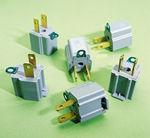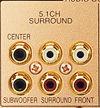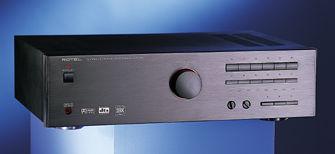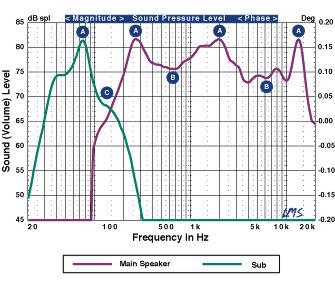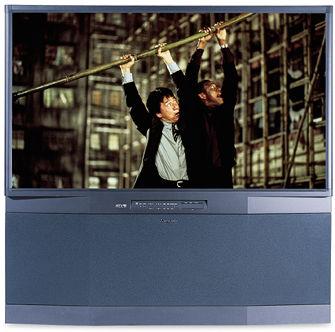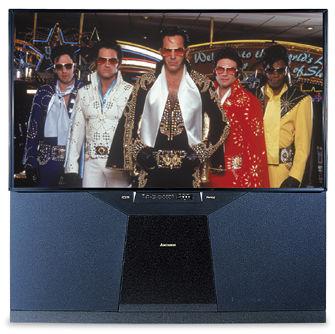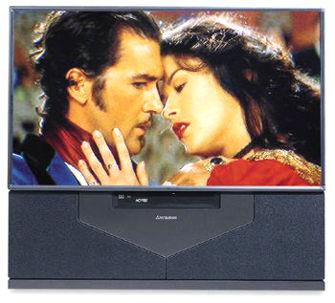Mike Wood
Sort By: Post Date | Title | Publish Date
|
Apr 09, 2002 |
Published: Apr 10, 2002
|
Jul 02, 2001 |
Published: Jul 03, 2001
|
Feb 28, 2001 |
Published: Mar 01, 2001
|
Jan 18, 2001 |
Published: Jan 19, 2001
|
Jan 31, 2001 |
Published: Feb 01, 2001
|
Nov 29, 2000 |
Published: Nov 30, 2000
|
Oct 27, 2000 |
Published: Oct 28, 2000
|
Nov 29, 2000 |
Published: Nov 30, 2000

